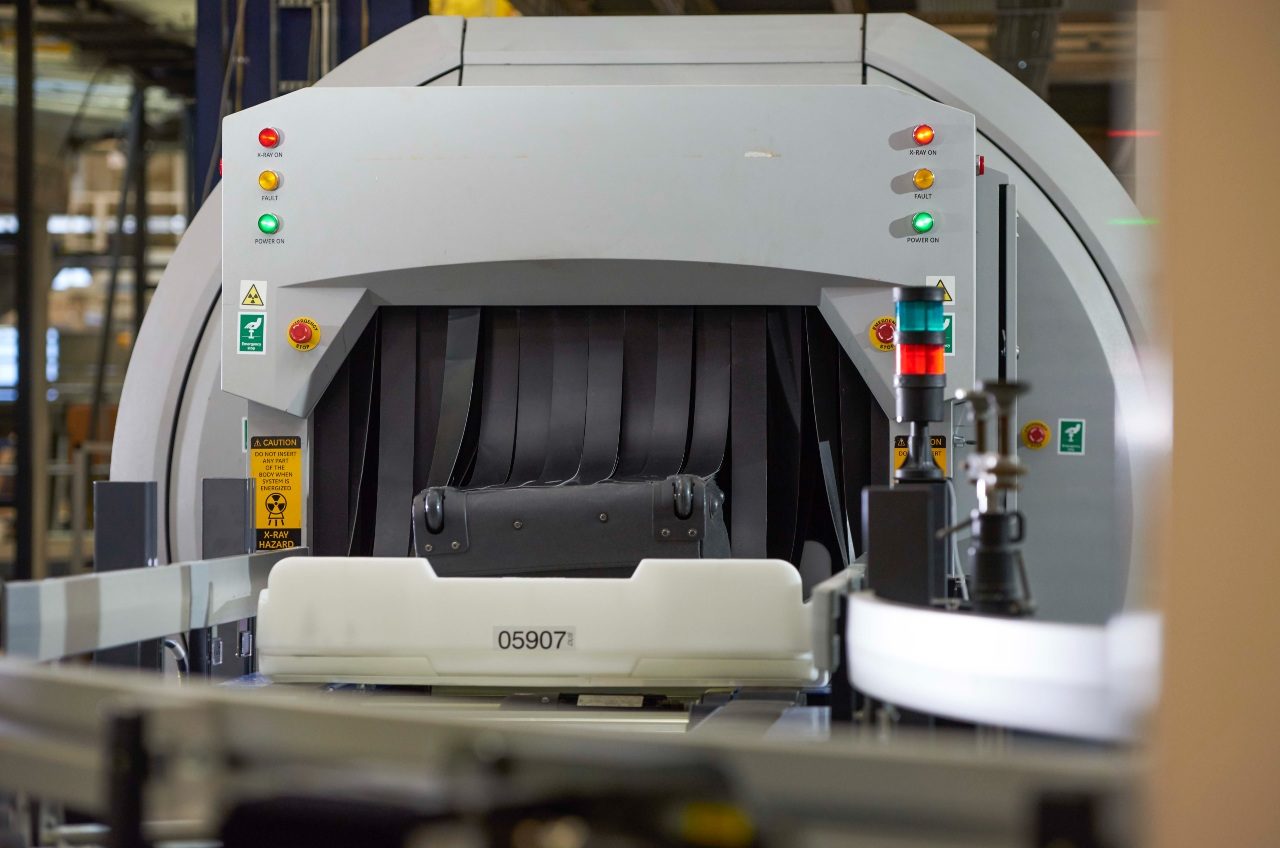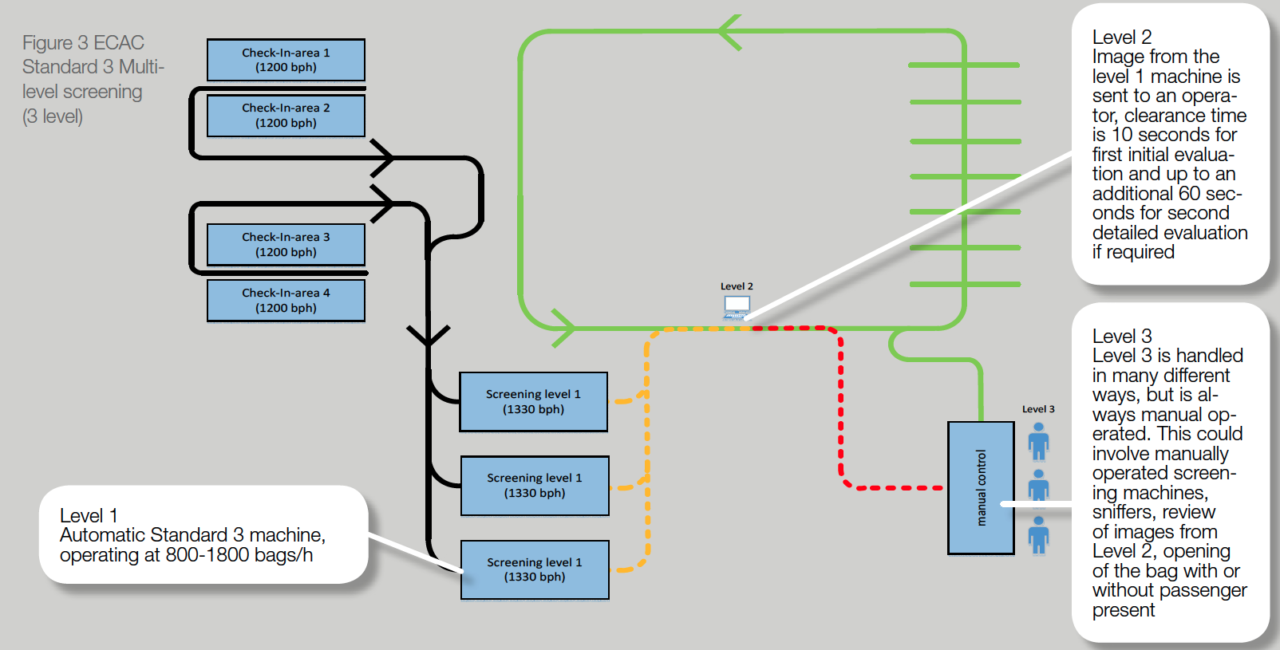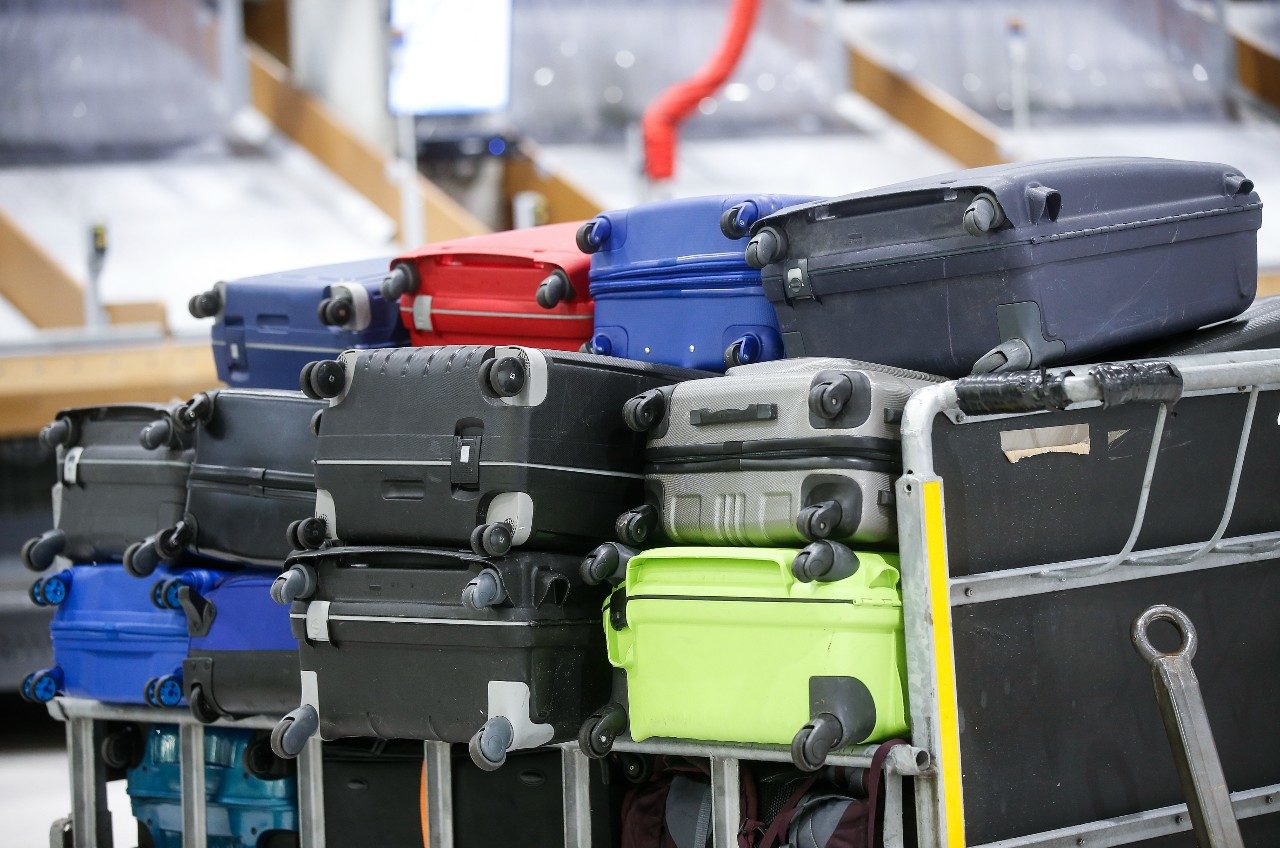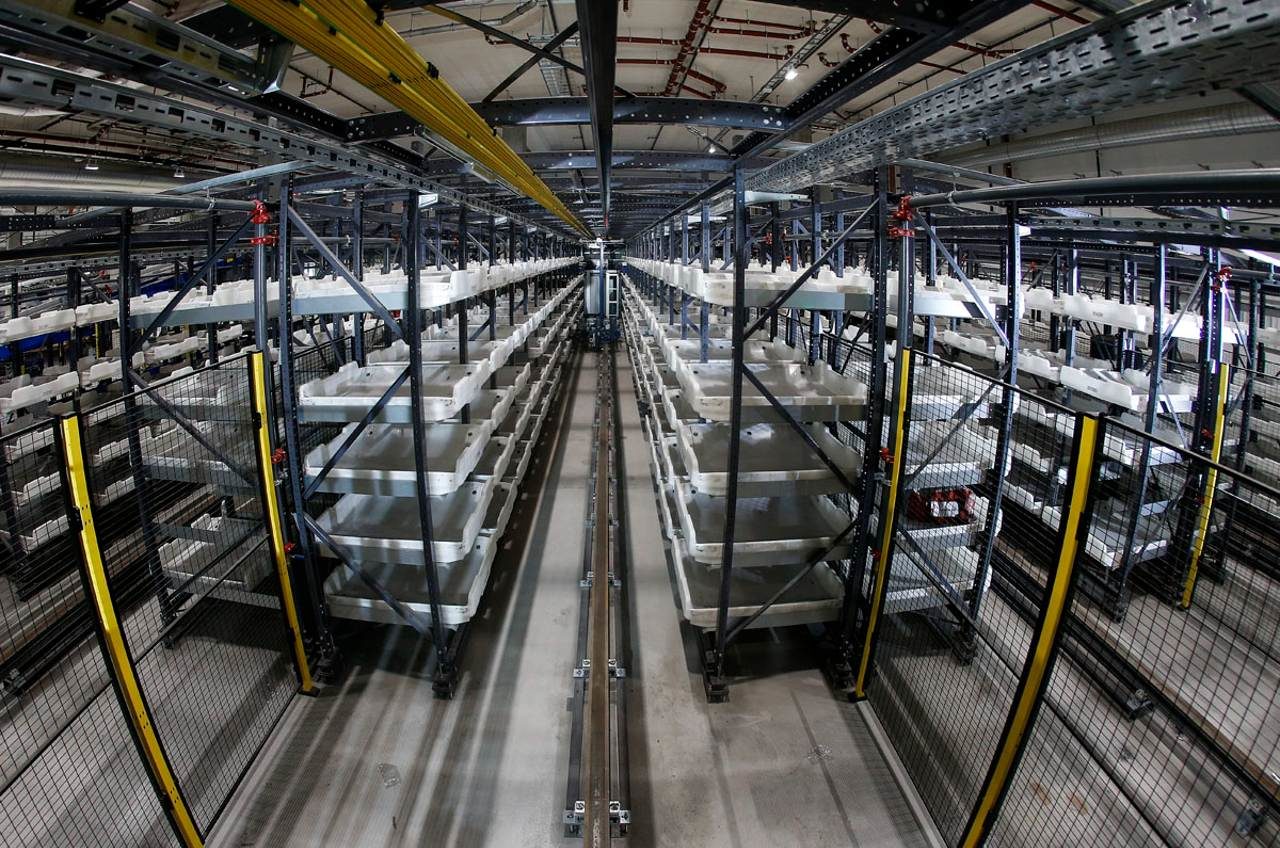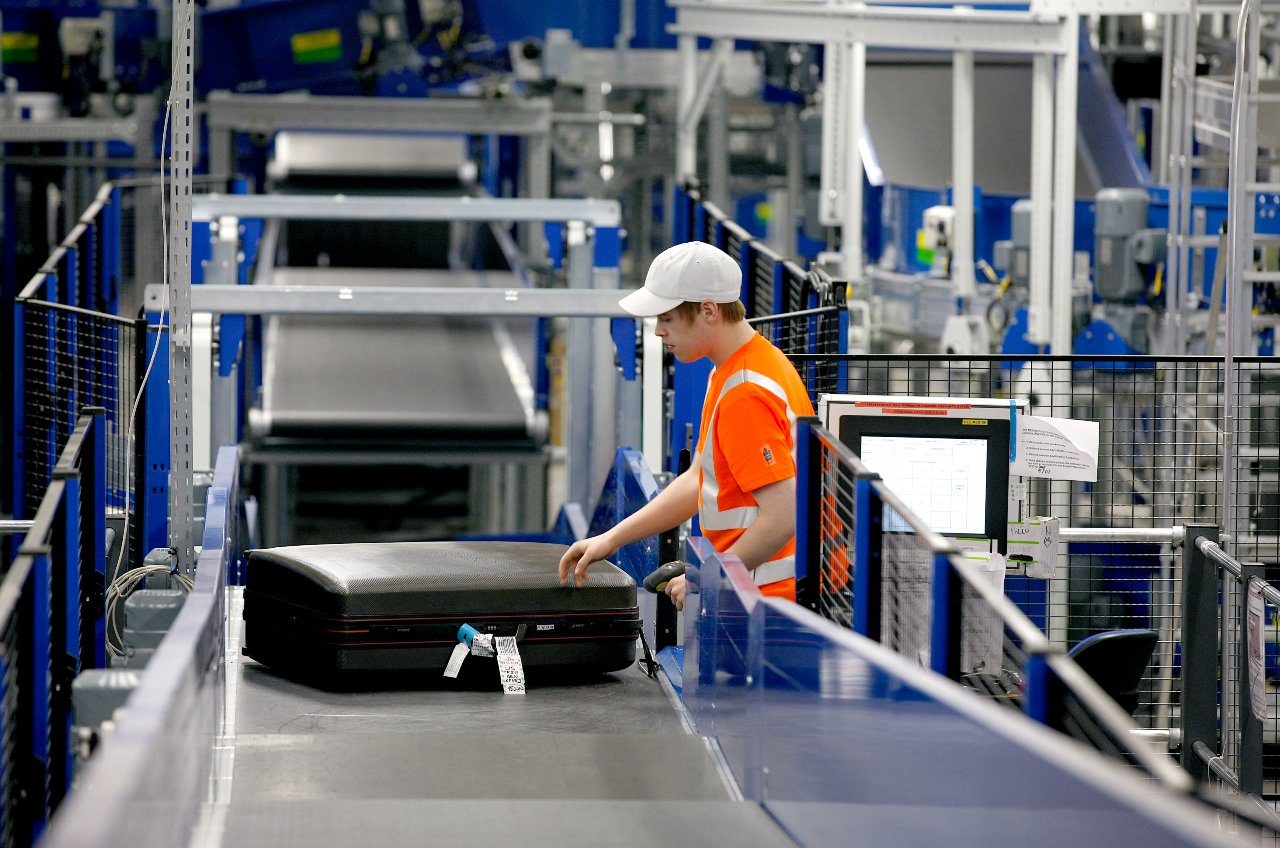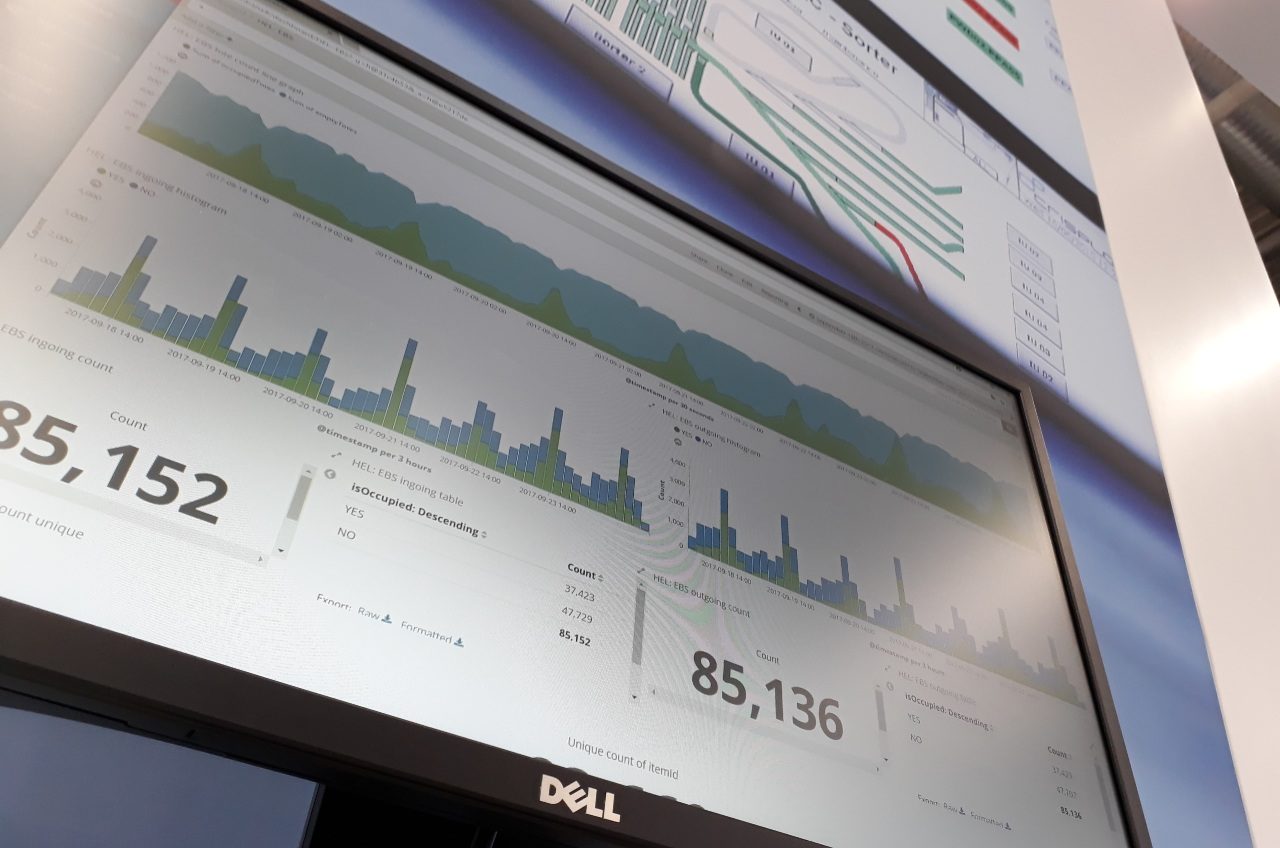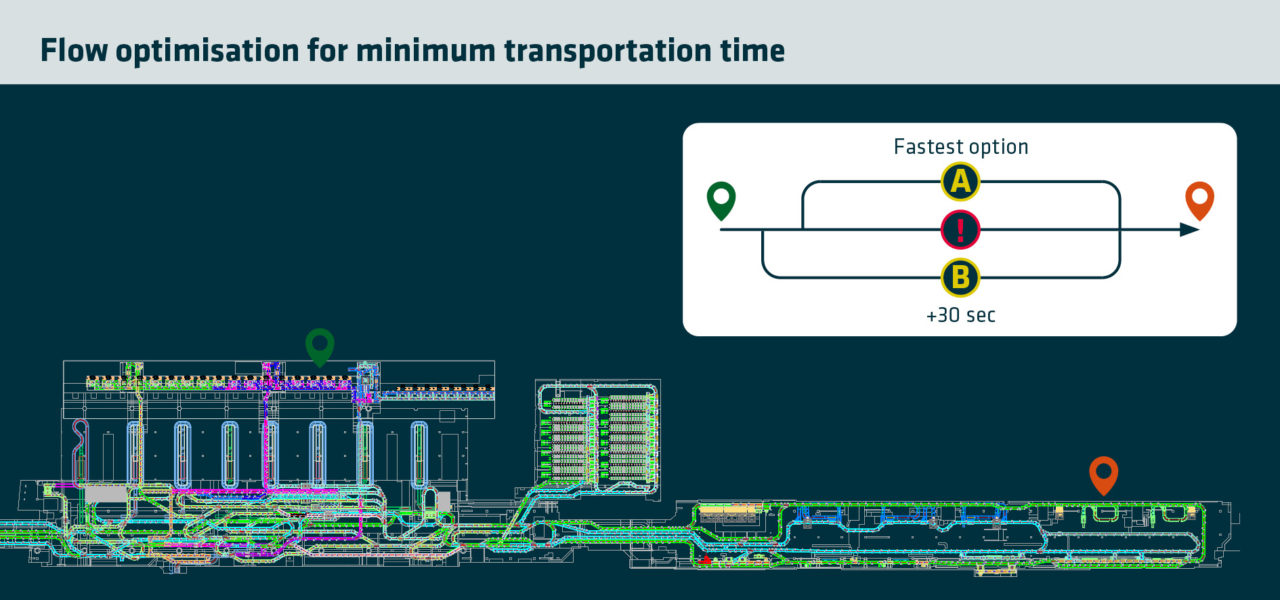4. encode bag tags with video coding
While the industry has made great strides in reducing the rates of mishandled bags, there’s room for improvement of internal baggage handling processes to reduce the numbers.
Unreadable bag tags can often be at the root of delayed baggage. By using video coding technology, however, airports are able to improve their encoding process, reducing the bottlenecks and slower manual processes.
Airports can put video coding technology into effect simply and quickly.
Unreadable bag tags are bad for business
Unreadable bag tags make up around 2-3 percent of overall tags. Conventional baggage handling systems deal with these unreadables by redirecting them to manual operators, who must enter missing necessary information. The bags must then be reintroduced onto the BHS, which impacts on capacity, workflow and resources.
Minimising these unreadable bag tags makes good business sense. Video coding technology can take a BHS system a long way in achieving this.
Video coding technology and how it works
Video coding technology is a remote encoding software that allows bag source information to be encoded while the bag remains in motion within the main BHS. It relies on cameras installed in the BHS and sends images to an operator who can encode the missing information of an unreadable bag tag from any location.
The positives of video coding
Encoding bag tags with video coding can be very advantageous for an airport’s baggage handling operation performance.
It can mean bags no longer need to be redirected to a manual operator, minimising both the physical work for operators and bottlenecks during peak times.
The technology also saves the processing time of no-read tags, which is especially invaluable for transfer baggage. On top of that, it’s cost-effective, saving short-shipment costs by reducing the no-read tag rate and boosting passenger satisfaction.
Key takeaways
- The business case: Unreadable bag tags are bad for business and can be reduced significantly through video coding technology.
- The ins and outs: Video coding technology incorporates cameras and remote encoding which can be done from any location.
- The benefits: Adding video coding technology to a BHS can increase productivity and optimise resources.
Read more: “Take baggage tag encoding to another level with video coding”.















